"Computers let us digitalise the paintbrush; thanks to AI, with KREA you interact directly with a painter"
"Computers let us digitalise the paintbrush; thanks to AI, with KREA you interact directly with a painter"
"Computers let us digitalise the paintbrush; thanks to AI, with KREA you interact directly with a painter"
Víctor Pérez, UPF graduate from the bachelor’s programme in Audiovisual Systems Engineering, has specialised in Artificial Intelligence (AI) and has founded KREA, a startup developing a creative interface for graphic design. At the +Rain Film Festival, the first festival in Europe with films generated by AI, he will take part on 14 June as a speaker at the round table discussion on "AI narratives.
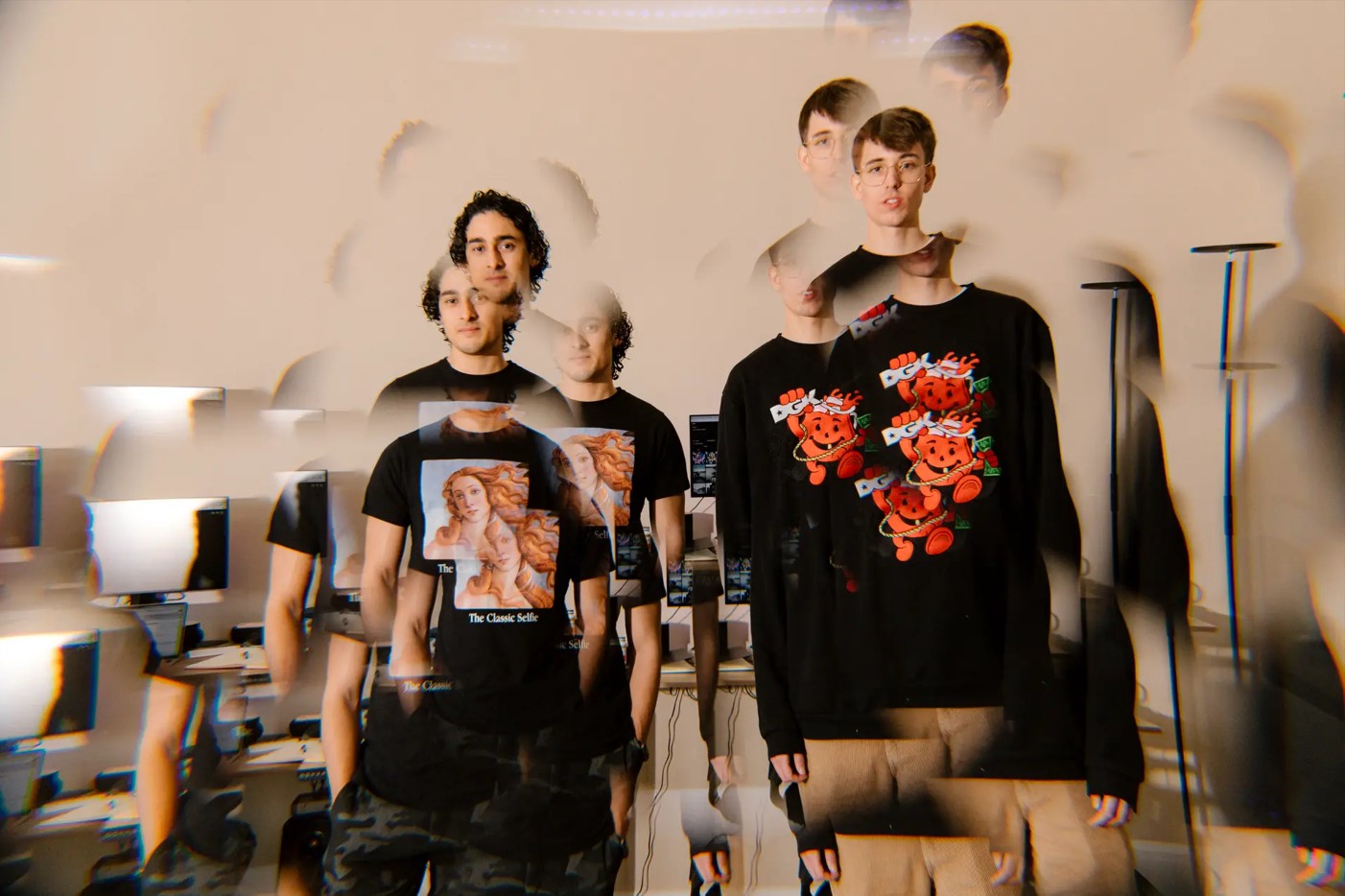
Víctor Pérez, UPF graduate from the bachelor’s programme in Audiovisual Systems Engineering, has specialised in Artificial Intelligence (AI) and has founded KREA, a startup developing a creative interface for graphic design. At the +Rain Film Festival, the first festival in Europe with films generated by AI, he will take part on 14 June as a speaker at the round table discussion on "AI narratives. Current trends and opportunities for film production. New roles in cinema production and the future for the industry”.
Why did you decide to do the bachelor's degree in Audiovisual Systems Engineering at UPF?
I was in a band from when I was about 12 until about 18 or 19 and everything I did was quite creative, from composing the music right through to producing it. I also liked doing illustrations and things to do with graffiti. In the end, all that led me to studying audiovisual systems engineering because it was a kind of mix of music, or music production, and mathematics. In some sense, audiovisual systems teach you how a microphone works on the inside, how audio codifiers work, how to codify an image, how to process sound, how sound works in a physical or mathematical way. That's what grabbed my attention.
How was the experience at UPF and what was it that led you to become interested in artificial intelligence?
When I started my degree, what really interested me were things to do with programming, because I found programming to be very creative. It lets you use one tool for many different things, from generative art, which you can do with programs like Processing, to programming applications for whatever idea comes into your head.
I remember when I was learning I really liked making dummy applications, just to learn how to use these languages, it was a form of expression ultimately. Obviously they didn't work, but it was fun. Later, thanks to people like Coloma Ballester and Adrià Arbues at UPF, I got more into artificial intelligence areas such as deep learning, machine learning, etc. And pretty soon I started to see that this technology could also be used to generate images. It fascinated me when I saw that a computer was capable of understanding all these images and producing new ones which didn't exist, based on having understood how these images were structured.
Before we go any further, how would you define artificial intelligence, in the simplest terms?
It's like having a virtual assistant. I think the way this will happen is that we will soon have virtual assistants and you will be able to communicate with a computer in the same way that you would with a person. It's as if computers were suddenly more intelligent. And because a computer will know who you are, it'll seem like you can communicate with it in the same way you can with a person. I think that this is the change that will happen. All of a sudden, we're making technology more human. And you can interact with the technology as if it were a person.
All of a sudden, we're making technology more human. And you can interact with the technology as if it were a person.
How did you get to grips with how AI works? What was it that most fascinated you?
I started to read papers and
What most excites me about this technology is the possibility of minimising the friction between an idea and the real-world representation of that idea
Everything that I've done with artificial intelligence in the last five years has been devoted to using this technology as a creative tool. What most excites me about this technology is the possibility of minimising the friction between an idea and the real-world representation of that idea. During the creative process I know that it can be difficult to learn to use a professional creative tool, whether it be musical or visual editing, it can be hard to learn how they work and know all the parameters that you have to adjust to make things that really look good. Now, with artificial intelligence, we will be able to interpret ideas more easily, and think more about what to do and less about how to do it.
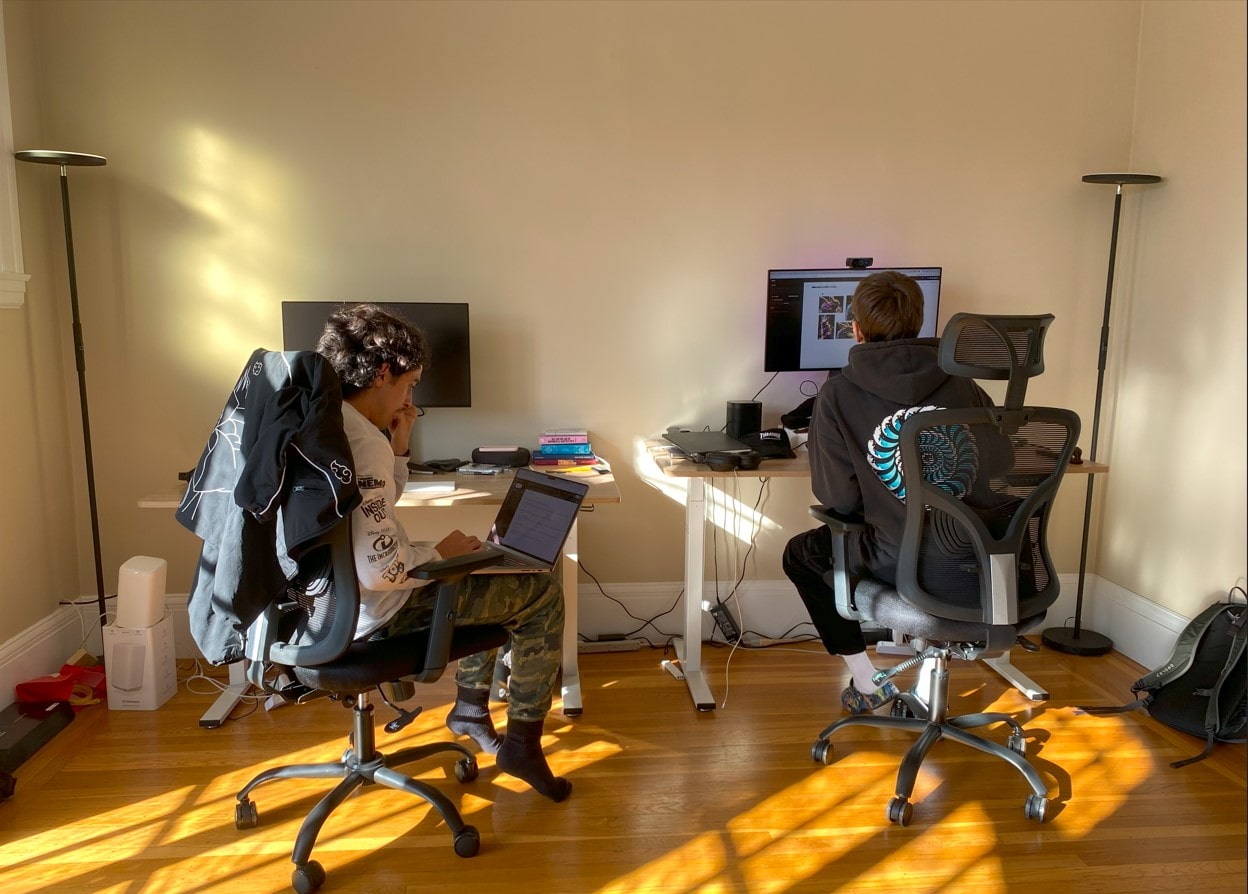
What has your journey into the world of artificial intelligence been like since graduating from UPF?
Once I finished my bachelor's degree I started to investigate, I did some research and went to the Resource Center in New York, thanks to a hacker's scholarship. It was a three-month programme and I felt like I was a buddhist monk there, but instead of meditating, I was studying artificial intelligence. After that I came back and worked for a company in Barcelona, then I went to the US again a little later when I did projects with the New York City Media Lab, and with CHANEL, to explore the possibilities of using this technology for storytelling.
Tell us about KREA, the startup that you are developing. What added value does it bring to the field of artificial intelligence?
What we want to do is make a professional graphic design tool which is completely controlled by artificial intelligence. If you look at how graphic design has evolved, we went from drawing on paper and having all our ideas on paper, to using a computer and being able to work with and improve on each idea much more quickly. So, each graphic design revolution that happens is about how quickly you can translate an idea into something visual.
What is happening now with artificial intelligence is that the friction that exists in trying to project these ideas will be reduced to zero, and the ways of interacting with creative software will have to change a lot. A good analogy is, in the same way that computers allowed us to digitalise a paintbrush and now we can paint with pixels, with artificial intelligence we will be able to create tools which let us interact with a painter. It is more important how you speak to a painter, than how you use a digital paintbrush, that is what artificial intelligence is about. What we want to create in the end is a creative interface that is smart, that has context about who is using it, how they are using it and what they are using it for, and from there, it can reason and take action.
It is more important how you speak to a painter, than how you use a digital paintbrush, that is what artificial intelligence is about
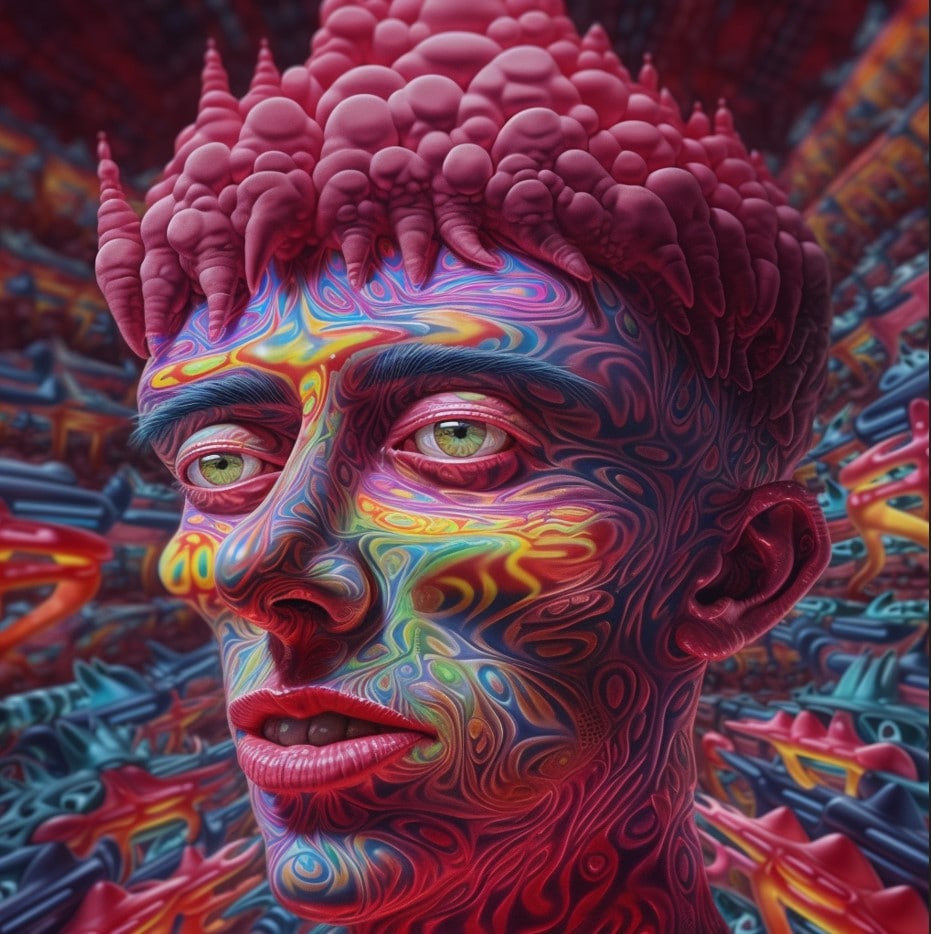
A painter has a life of his or her own... at +RAIN Film Festival you will be chairing a round table discussion about ethics and artificial intelligence. What’s your view on these issues?
I think that the way to ethically regulate this technology has to be more in how people use it than in the technology itself. On an ethical level we are faced with some things that are worrying. Right now there is nothing to stop you going to look for the portfolio of an artist and use artificial intelligence to copy the style of that artist, and start to generate images that look as if they had been done by that person. And that is obviously a total infraction of copyright. Right now the technology isn't well developed enough for that to really happen, for it to be a real problem, but it will happen, there will come a moment when you'll be able to do that.
We learn everything through trial and error. It isn't possible for us to sit around a table and decide what is good or bad and start to regulate this technology based on what we think.
Another ethical problem will be not knowing if an image is real or not, for example. We learn everything through trial and error. It isn't possible for us to sit around a table and decide what is good or bad and start to regulate this technology based on what we think. The only way to find this out is to make it available to people to see how they use it and try to regulate or minimise misuse.
What do you think about the fact that a university such as the Pompeu, which is public, is the first one to organise a festival of this type in Europe?
I already knew about the talent at UPF because I studied there. When I was at the university we were already talking about Runway ML, we were already talking about Guns, about how to use everything that right now everyone is discovering. At UPF we were all already aware of all that. There is a very interesting mixture on the Poblenou campus because it isn't just an engineering faculty, it's a communication and languages faculty too. There are creative people there, because it is very focused on how to communicate your ideas better and then you also have people who are very focused on engineering. The combination of these worlds on the same campus gives rise to things like +RAIN, which in the end is the combination of creativity and technology and artificial intelligence.
Going back to the KREA startup, what stage are you at as a company?
We have the first version of the product, which is a creative tool to make prototypes of visual ideas and what we're making is an interface where both graphic designers and art directors can make moodboards and explore ideas. In the end this is what we've come up with after talking to lots of artists and graphic designers, a space to get inspired and find references, because one of the things that this technology gives you is that it isn't limited to a number of images that you've seen or that exist, but that it can create new things and that is a different type of interaction which didn't exist before.
As far as the development of the startup is going, we closed the round of investment a few months ago here in Silicon Valley and we also have some very influential business angels. Now we are talking to some graphic designers and with a lot of creative agencies to see what it is that they really need and to see how to combine artificial intelligence within all the creative processes that already exist.
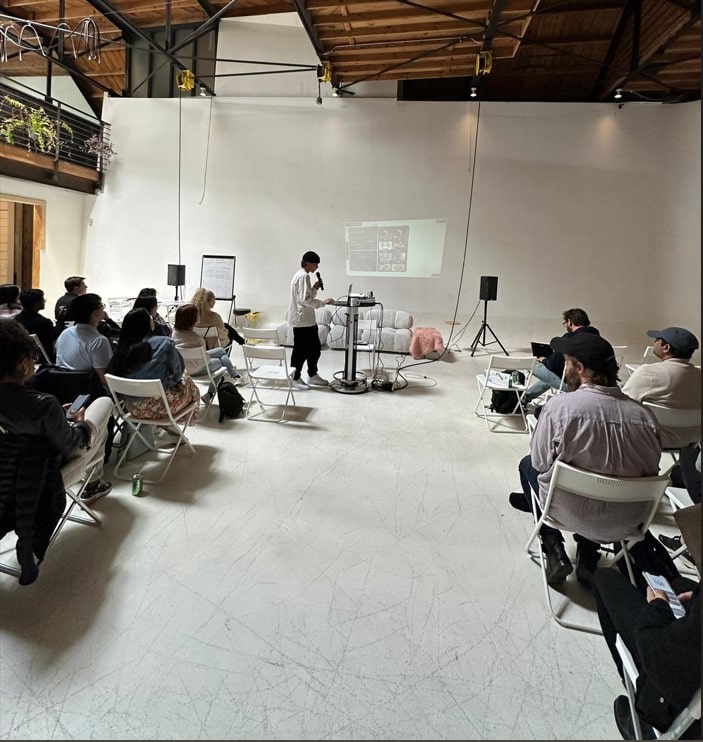
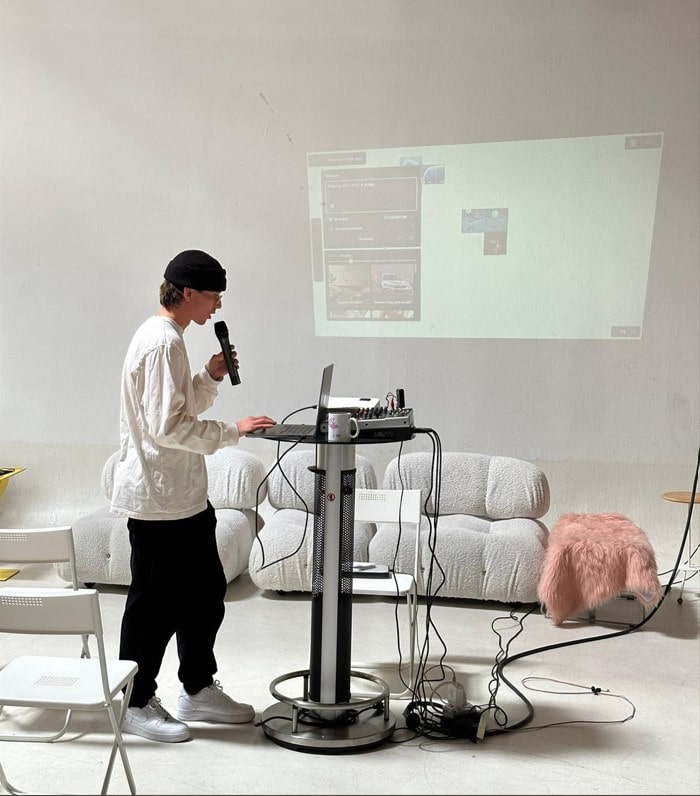
What do you think of the Stable Diffusion model which is based on code?
We are working on their stable diffusion, we are modifying the model itself and creating our own versions, that is how our algorithms work.
I think it's positive for companies like ours because in the end, we don't want to train our artificial intelligence models from zero until we know exactly what it is that people need. That's why Stability AI, which is the company responsible for Stable Diffusion, are not competitors of ours. The way they make money right now is by being contracted by large companies to train their own models with their data sets. In other words, it's as if they were making their own version of Stable Diffusion, but for people like us, it's the complete opposite. They give us access to models that would have cost us hundreds of thousands of dollars to train.
